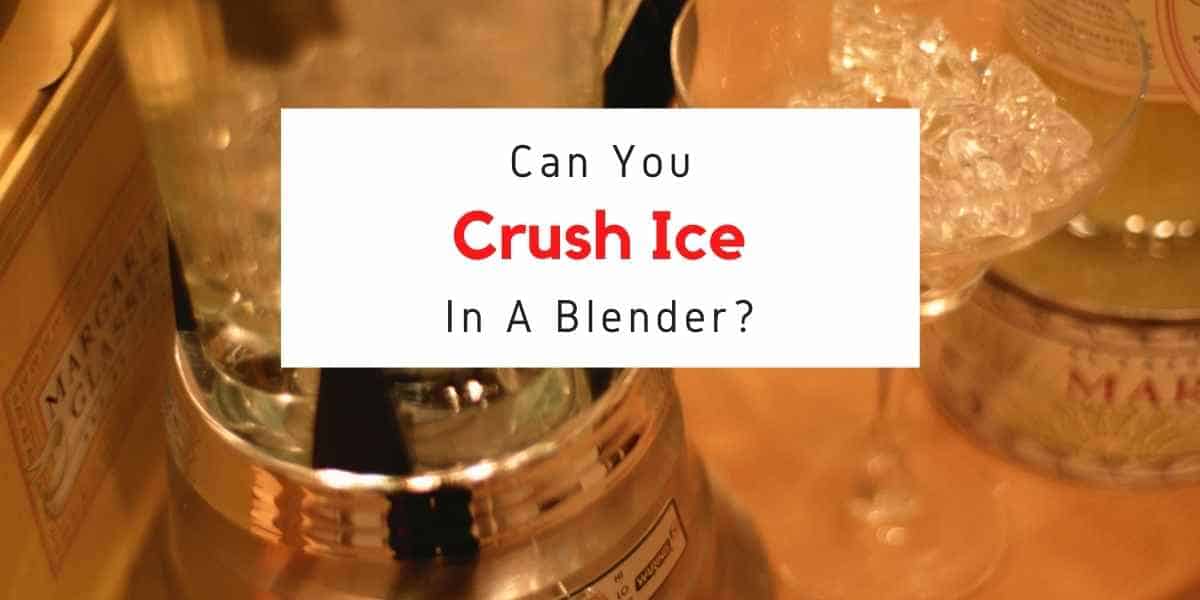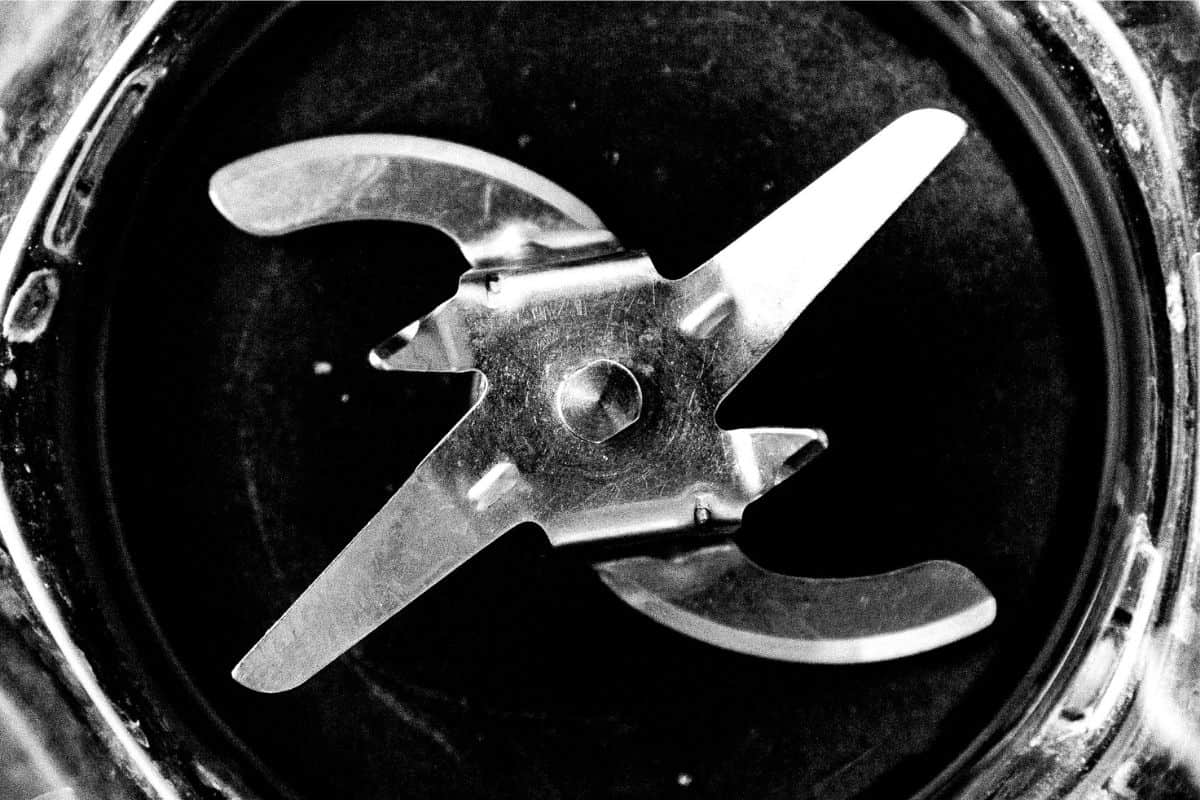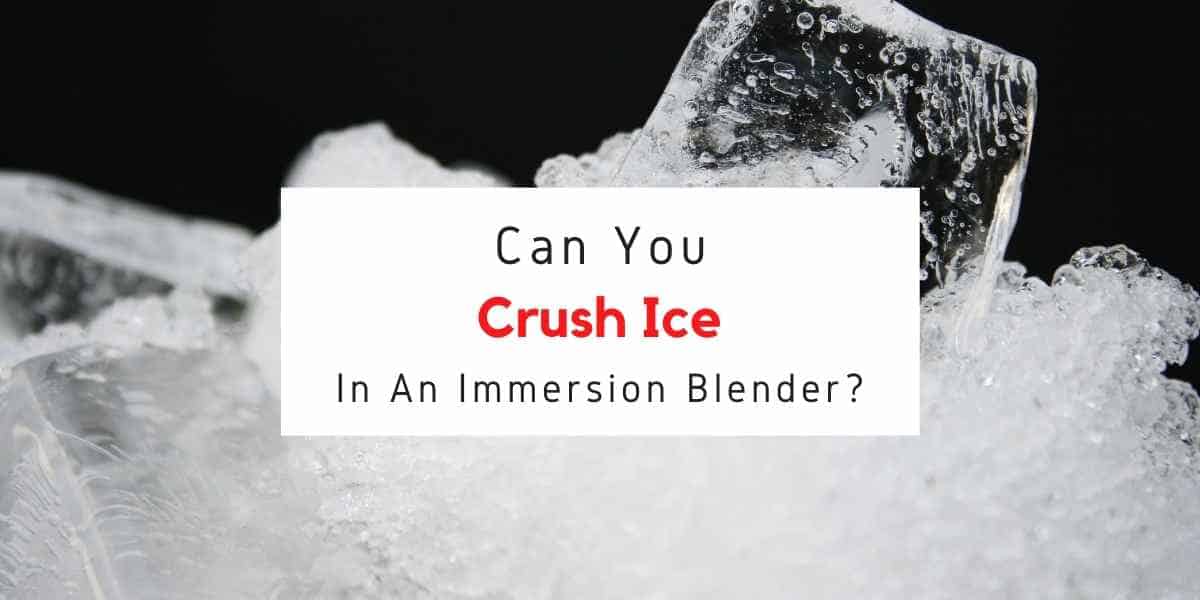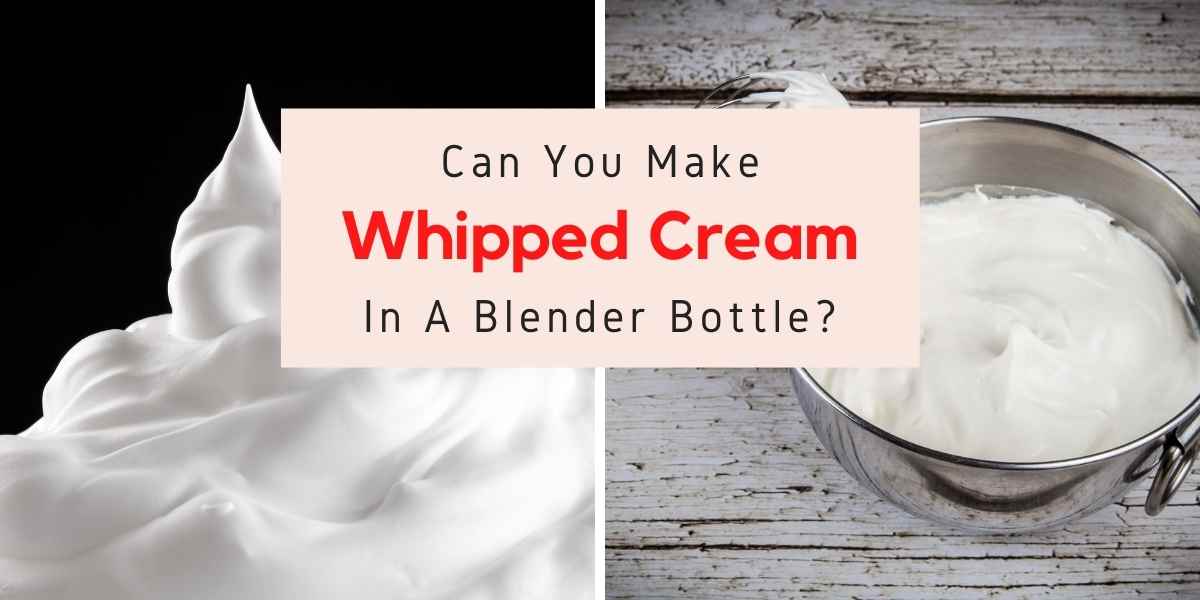Blenders are a crucial appliance for any household kitchen. They are utilized to prepare a wide range of foods, including smoothies, drinks, soups, and more. However, have you ever wondered how fast blenders spin or what the ideal speed for a blender should be? If you’re curious to know, keep reading this article.
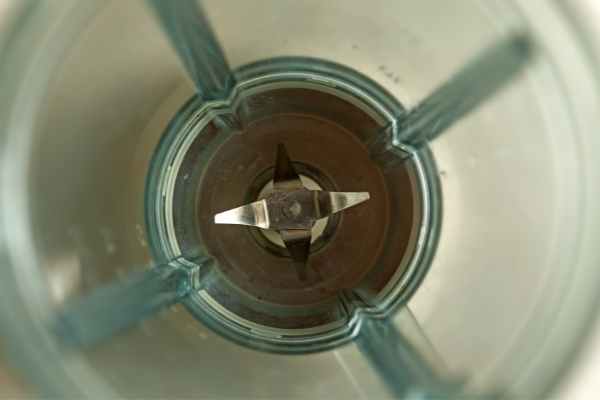
Blender Speed Units – RPM And MPH
Before delving into the outcomes, let’s take a moment to examine the critical measurements. Blender blade velocity is often expressed in RPM (revolutions per minute) or MPH (miles per hour). Although the mention of MPH may seem peculiar for a countertop blender, it refers specifically to the blade tips’ speed.
The MPH measurement is particularly noteworthy because it depends on the blade’s length. A longer blade rotating at the same RPM as a shorter blade will create a more thorough blend with a higher MPH because the blade tips travel a greater distance with each rotation.
If the blade’s length is known, converting between RPM and MPH is a straightforward calculation. For example, a 3″ blade rotating at 10,000 RPM translates to 90 MPH, while a 4″ blade would yield 120 MPH.
What Is RPM For A Blender?
RPM stands for “Rotations per Minute.” The higher the RPM, the blades spin fast.
Blenders have speeds ranging from 17000 to 30000. The typical speed range on most blenders would be 19000 to 22000 RPMs.
What Is The Importance Of RPM For A Blender?
Blenders perform various tasks efficiently depending on the speed of their blades, commonly measured in RPM (revolutions per minute). Crushing ice and blending/chopping vegetables require higher RPMs, ranging from 17000 to 22000.
However, blenders work best with soft foods such as fruit and yogurt. Hard textures, like nuts or ice cream, tend to get stuck between the blades and do not blend effectively.
Overloading a blender is not recommended, as there may not be enough room for all ingredients to blend properly, despite their powerful motors.
Different blending tasks require different speeds. For instance, when blending berries, lower RPMs between 17000-19000 are recommended to preserve the smoothie’s texture. On the other hand, soup blending requires high RPMs between 19000-22000 for even blending of all ingredients.
What Speed Should A Blender Be?
A blender with 17000 RPMs is going to be easier on your wallet but won’t give as smooth of a blend as one with 22000 RPMs. If you want something that blends well and is lightweight, choose one in the middle of these.
To ensure that ingredients are blended thoroughly, it’s recommended that a blender’s blades move at least 17000 times per minute. Otherwise, the ingredients may remain in chunks or even be left untouched by the dull blades.
You can test any kitchen appliance’s speed range for chopping hard items like nuts or carrots. For instance, if a food processor has a speed range of 10 to 12000 RPMs, and the blades aren’t moving at least 10 times every minute, the ingredients may not be chopped effectively.
There’s no specific rule for determining the ideal speed. However, it’s better for blades to spin faster rather than not enough. For instance, if a blender requires more power, it should be able to reach speeds of 22000 RPMs or even higher, depending on the product’s specifications.
What Are The Speeds On A Blender?
According to experts, a three-speed (low, medium, high) blender can handle everything you want it to. A lot of blenders now come with as many as 10 speeds and pre-programmed features to help you decide whether you need to puree, liquefy, or crush.
However, most of the time you’re just going to be using two speeds: low and high.
The difference between them is that one will give your ingredients a good chop while the other breaks them down into a liquid. Different blade shapes determine what speeds are best for different things!
Here’s a quick breakdown of some common blender speeds and what they’re useful for:
- > 17000 RPMs = great for ice, hard vegetables/fruits like carrots or apples, flax seeds
- 17000 – 19000 RPMs = great for blending fruits or vegetables quickly but not completely
- 19000 – 22000 RPMs = perfect speed range to use when making soups or smoothies
- > 22000 RPMs = great for raw food smoothies, almond milk, and homemade nut butter!
The speeds on a blender can vary from brand to brand. Some have as few as six speeds while others have an entire dial that allows you to go from very high speed to a slow pulse. Many blenders also come with pre-programmed buttons that allow you a one-touch option for different textures like smoothies or dips.
It’s important to try out different speeds when using your new blender so you know which ones are the best for what you’re making!
Don’t be afraid to put it through its paces at least three times before deciding if it meets your needs. No matter how many features a blender has, only testing it out will let you know if it does what you want!
Blender Vs High Speed Blender: Do You Need A High Speed Blender?
A high speed blender is perfect if you want to make smoothies, soups, purees, or dips. These are very powerful blenders with blades that can reach speeds of 28000 RPM. At these speeds the blender’s blades are able to break down vegetables and fruits into a very fine texture.
If you’re just making shakes, then an ordinary blender without all the bells and whistles will do just fine for your needs.
For most people, a regular old-fashioned blender with one or two pre-programmed buttons for low/high speeds is sufficient enough! If you go overkill on any kitchen appliance it’s going to cost you money in the long run – so don’t feel like you need to splurge on a high speed blender if it’s not something you’ll use often.
Vitamix Blenders Minimum And Maximum Speed
Some blender companies will advertise minimum and maximum speeds for their blenders because it can be very helpful in selecting the right machine.
For example, the Vitamix 7500 has a minimum speed of 1600 RPMs and a maximum speed of 22700 RPMs. This is about as low as you want to go, so it’s perfect if you’re someone who wants something with lots of power but also cares about saving money.
The maximum blade speed for a Vitamix 5200 with 3″ blade is 28,500 RPM/250 MPH, and the maximum blade speed for a Vitamix 7500 with 4″ blade is 22,700 RPM/270 MPH.
However, there are other machines out there that have higher ranges to accommodate more intense tasks like blending ice or large batches of soup! If you need something capable of producing ultra-smooth smoothies or milkshakes, make sure your blender’s blades are moving at least 22000 times every minute!
Is Nutribullet A High Speed Blender?
The NutriBullet 600 uses a powerful 600-watt motor to push all of the food through the turbo extractor blades. These blades rotate at a blistering pace of 20,000 revolutions per minute to shatter and grind the stems, seeds, and shells that contain the most important nutrients.
The 70watt motor and 18,000 RPMs of the Nutribullet® GO Cordless Blender allows for smooth protein shakes with no lumps.
Related Post:Â Magic Bullet Blades Not Spinning Resolved
What Is The RPM Of A Ninja Blender?
This blender reaches speeds of up to 24,000 RPM and is able to break down whole fruits and vegetables, as well as ice.
The Ninja Ultima blender reaches speeds of up to 24,000 RPM and is able to break down whole fruits and vegetables, as well as ice.
Related Post: Ninja Blender Not Spinning Issue Resolved
What Is The RPM On A Blendtec Blender?
This blender reaches speeds of up to 28,000 RPMs on its high-performance blades.
What Is The RPM On A KitchenAid Blender?
Kitchenaid Commercial blender can have RPM upto 21000, The KitchenAid 5-Speed Blender has a high-performance blade rotating up to 12,000 RPMs.
What Is The Maximum RPM Of An Oster Blender?
The maximum speed is about 22000 RPM.
How Does Load Impact Blender Speed?
When using a blender, the number of blades in motion increases with the amount of ingredients put in. If a blender has a specified RPM range of 100 minimum to 700 maximum, it doesn’t mean that the blender’s efficiency will be compromised when less food is used.
Overloading a blender doesn’t necessarily affect its performance, as the multiple blades can handle blending tasks even with an excessive amount of ingredients. However, if there isn’t enough space for everything to blend, it might be necessary to split the task into smaller portions.
It’s crucial to find a balance between overloading and underloading the blender. While fast blade rotation is required to blend ingredients without leaving chunks, overloading the blender may cause it to stall or result in longer blending times.
Therefore, if a blender is overloaded with ingredients, it might not be able to catch everything at once, and it may take longer to chop smaller amounts of ingredients properly.
How Long Does It Take For A Vitamix Blender To Blend Ice (And Speed Settings To Use)
The amount of time it takes your Vitamix blender to crush ice will vary depending on how frozen the cubes are and what types of settings you use.
Since there are several different speeds available, experiment with each to see which one works best! It’s important not too use faster speed when blending something like soup or hot liquid because this can cause heat built up around the motor base. Since the Vitamix is heavy duty, it will still work if you do this (they’re built to last), but it’s better to use them properly!
For ice, start out on a low speed and gradually increase the power until your desired consistency is reached.
Conclusion – How Fast Do Blenders Spin?
Blenders are versatile kitchen appliances that can be used for a wide variety of foods. To optimize the performance of high-speed blenders, it’s crucial to select the appropriate speed. For hard ingredients such as nuts or ice, it’s recommended to operate the blender at a minimum of 17000 RPMs.
If you have any further queries about using blenders effectively, feel free to leave your questions in the comments section below.
Relate Posts







